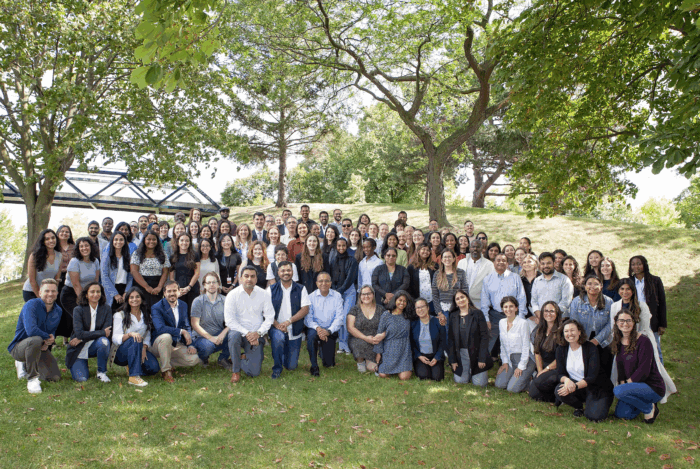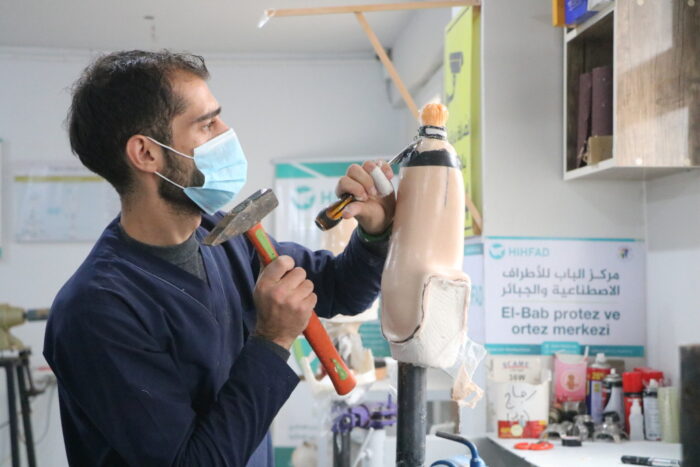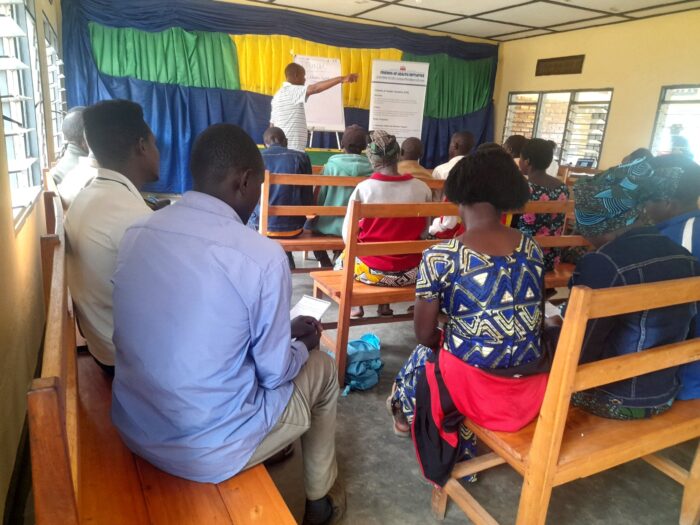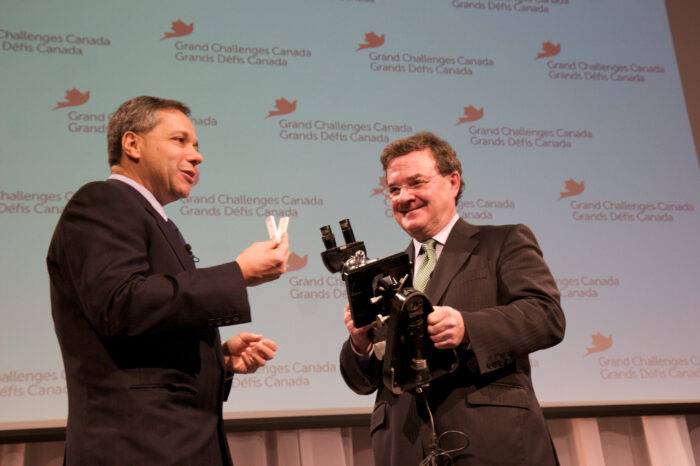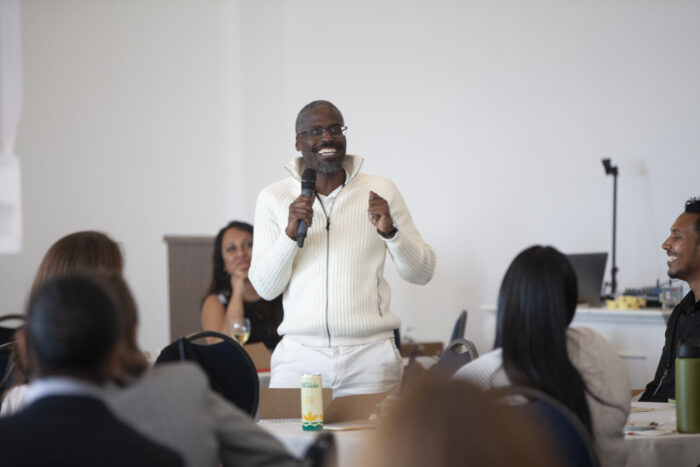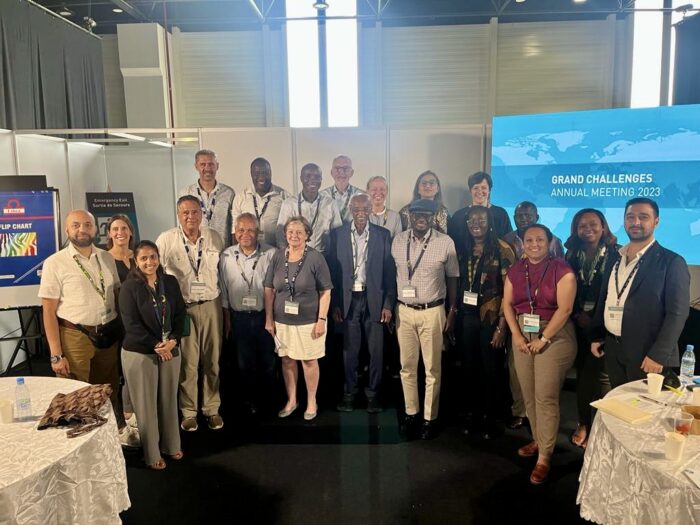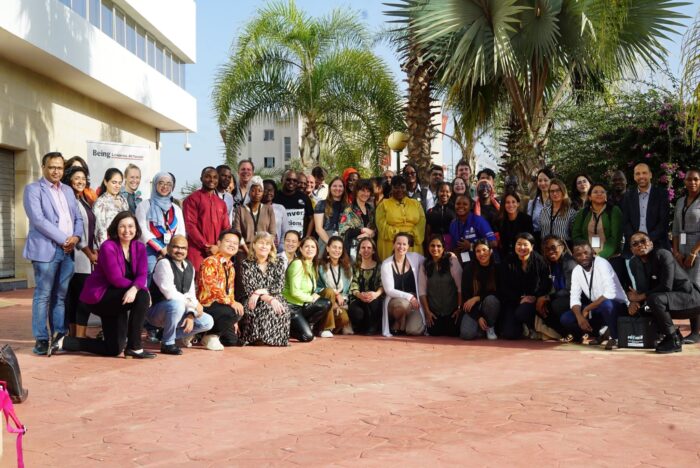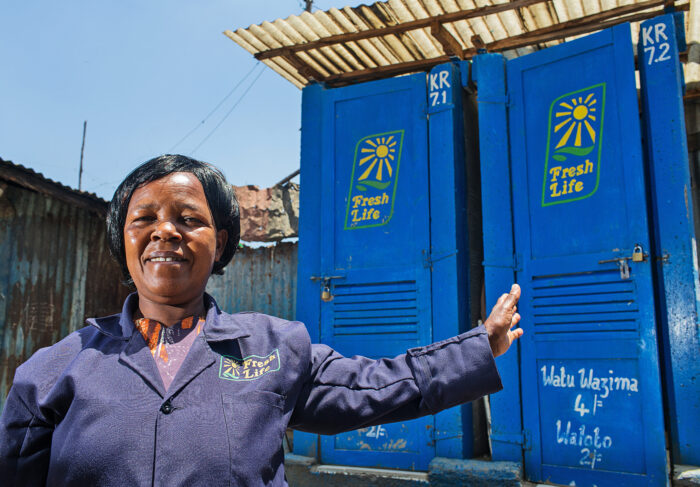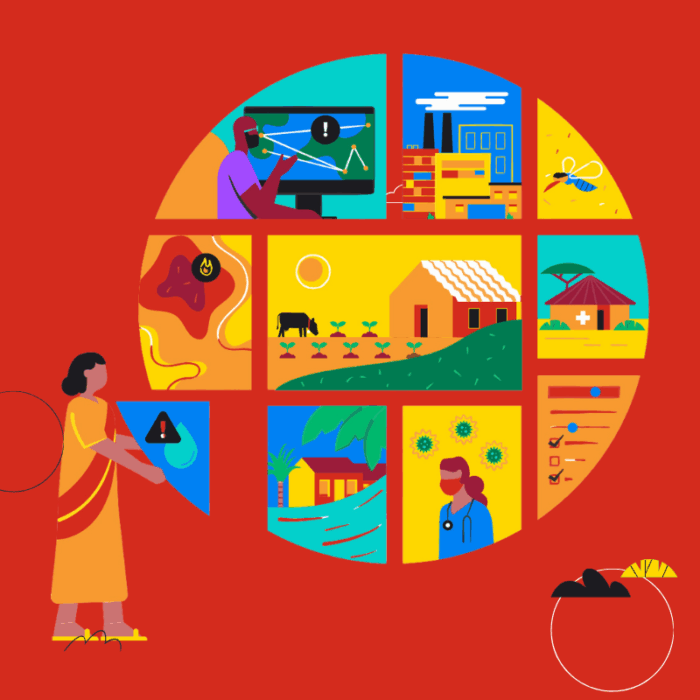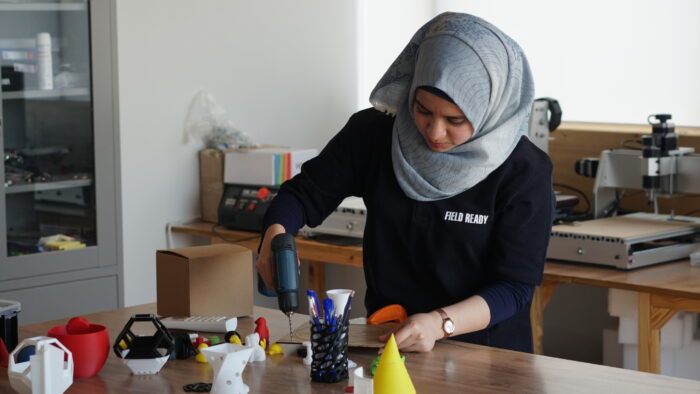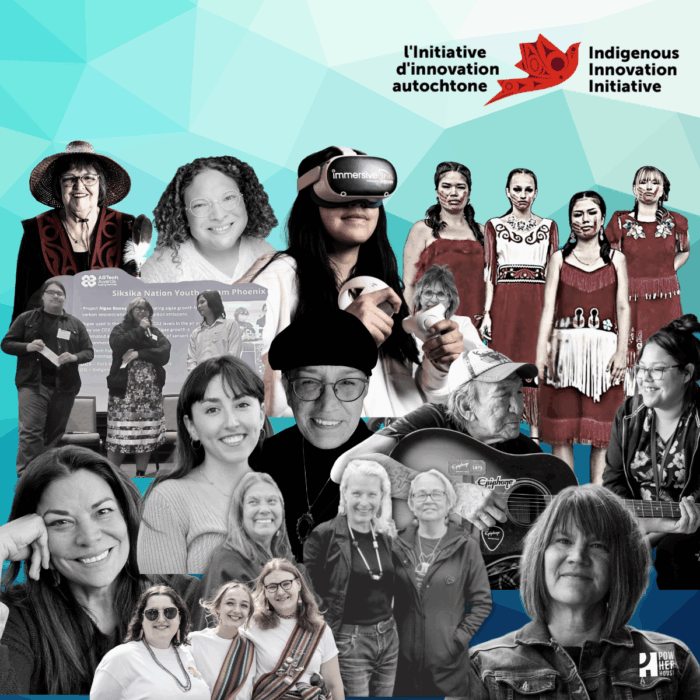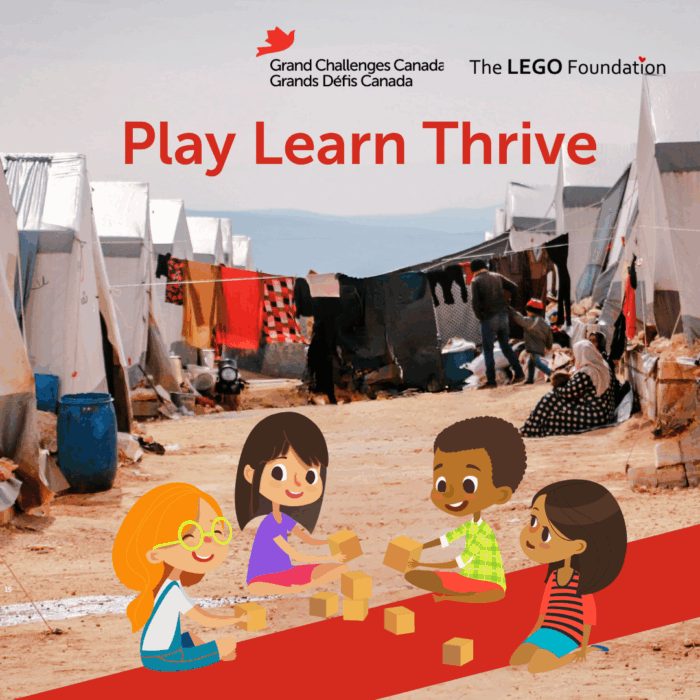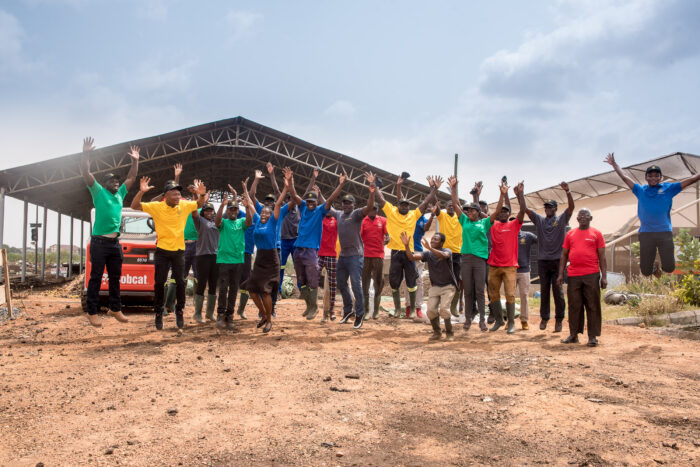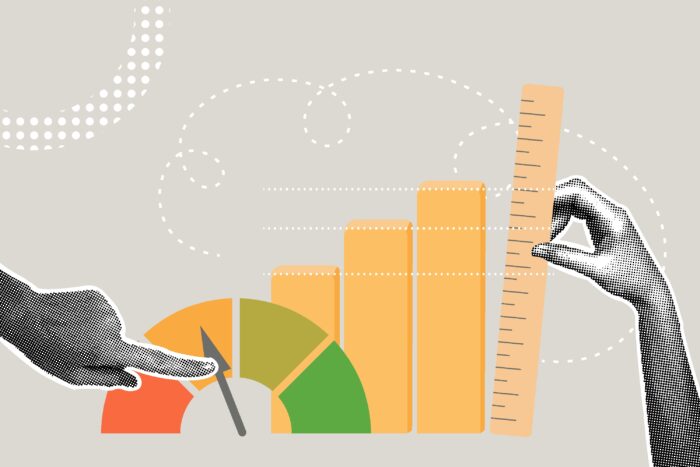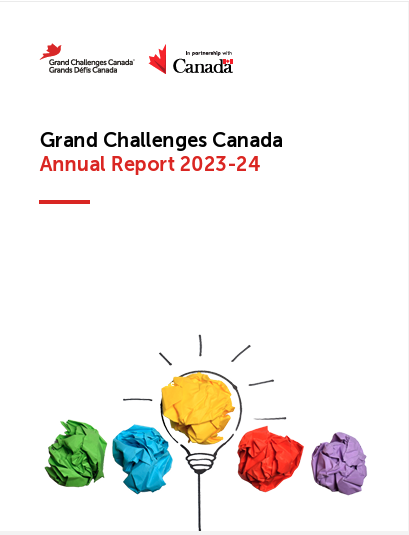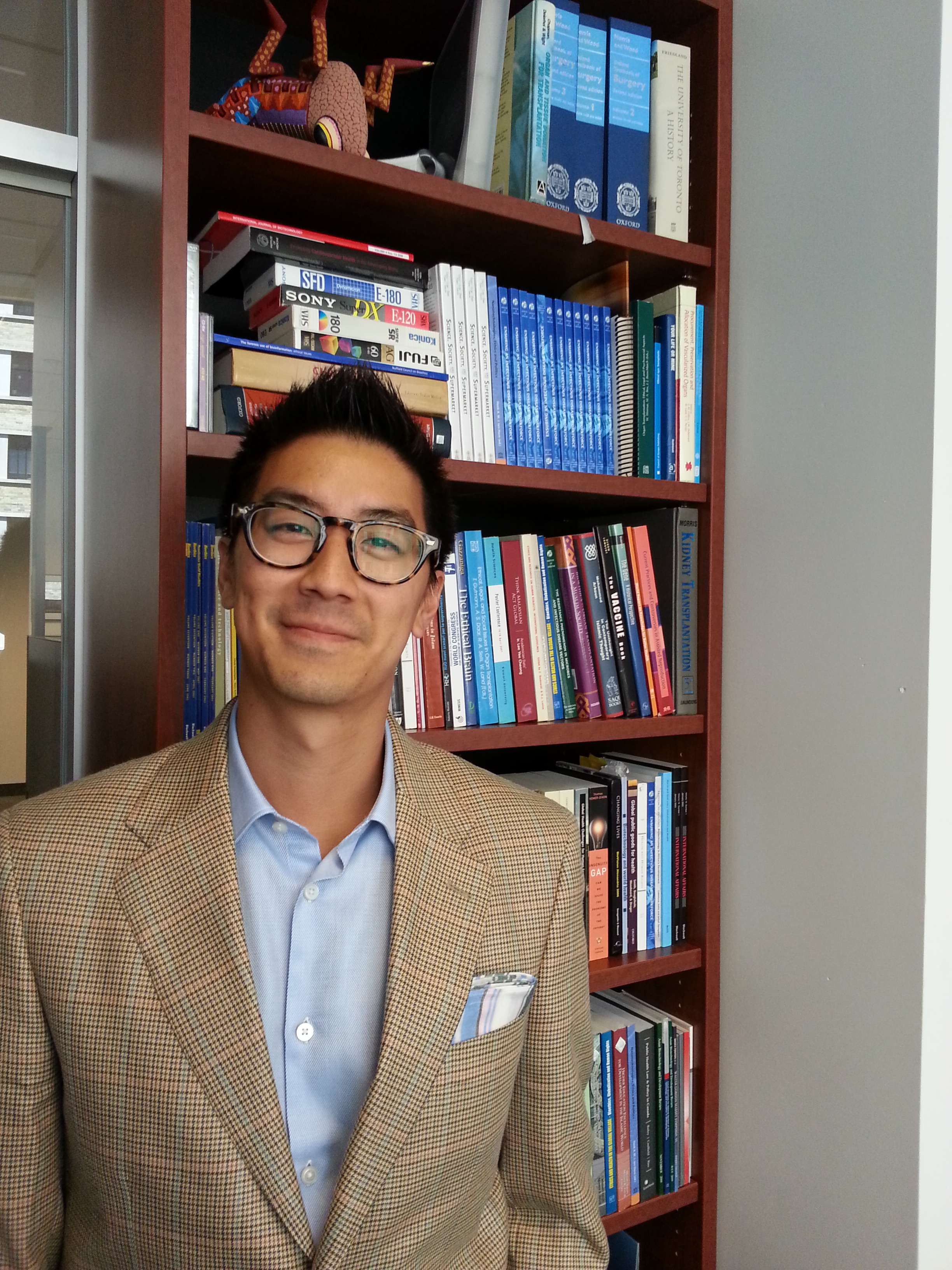This is the first part of a six-part blog series ‘Building the Business of Grand Challenges Canada’
This blog series tells the story of building the business of Grand Challenges Canada. I say “building the business of Grand Challenges Canada” and not “building Grand Challenges Canada” for a couple of reasons.
Firstly, this is not the story of how the vision and purpose of Grand Challenges Canada was built. This was described more eloquently than I could ever hope to in a book called The Grandest Challenge, which was written by the visionaries of the organization Dr. Peter A Singer and Dr. Abdallah Daar. If you haven’t read that book, I would highly recommend it[1].
Secondly, make no mistake that this is a business. Grand Challenges Canada is a non-profit organization funded by the Government of Canada and supports innovators in global health with these funds, so it’s not a business in the sense of striving to make profits[2]. However, it is very much a business in the operating model and key principles.
In business school, they always tell you to lay out what the point of your document is in the first page, because important folks don’t have time to read long documents and your job is to convince them to keep going. In tacit understanding of your importance, or perhaps because of my inability to adapt to writing creative fiction, I’m going to lay out the promise right here. If you continue to read this blog series I will tell the (hopefully) interesting story of building a not-for-profit organization, make you laugh a little along the way, and provide some reflections that may prove to be useful[3].
Why should you care about what I have to say?
A valid question and one I will not take personally I assure you. My official title at Grand Challenges Canada was Strategy & Operations Manager and I’ve now been designated as Program Manager – Financial Innovations. I only mention that because my increased exposure to academic presentations has taught me that throwing in an impressive-sounding title will force you to listen to me.
However, my actual role at Grand Challenges Canada is being an “executionist”. In other words, my job to figure out how to execute the vision of the organization and its leadership[4], originally focusing on our core operations and now in the area of taking innovations to scale. I also had basic knowledge in several areas that would theoretically help me do so. I have a Bachelor degree in Commerce with a Finance specialization. I also completed an MBA with a Marketing specialization and an Accounting designation. Through my previous work, I had some experience building and improving processes, designing organizational structure, and conducting business planning.
I was the first full-time employee at Grand Challenges Canada and have seen the organization grow at an amazing pace. I have also had the privilege to influence the structure and operating model, in generally positive ways. To give you an idea of how much process existed in those early days, I was asked shortly after joining the organization to take a short trip to Ottawa to meet with some of our key partners. After the lunch, I asked my boss how I should expense my meal. The conversation went something like this:
Me: “How do we expense travel claims around here?”
Him: “Good question. How do we?”
We immediately adopted a highly accountable expense regime based on Treasury Board principles and pay very close attention to accountability issues in Grand Challenges Canada.
I had to write this story because I’m proud to be part of this organization and the impact it is trying to achieve. If there is something that others can learn from our story and humble reflections, then I had to tell it[5].
I hope you will be as candid in your feedback to me as I am in sharing my experiences.
B-schooler, do-gooder and ace networker, Raymond Shih believes in telling the Grand Challenges story like a B-school case study in his tongue-in-cheek style. Follow the six-part series here and reach out to him on Twitter @RvShih.
Notes
[1] I haven’t yet gone a page and have already plugged their book. By any standard, that is far too early and for that I apologize.
[2] An economist might argue that not-for-profits are indeed businesses and that the funds are being used to purchase the marginal utility of feeling good about improving the world. But no need to dwell on this point.
[3] The third one being a bonus.
[4] “Executionist” is a hybrid of “execute” and “artist.” It was decided fairly early that “executioner” was not an appropriate way for me to be introduced externally given our global health focus.
[5] I also need to explain to my MBA classmates why I took less money to work for a not-for-profit organization.
